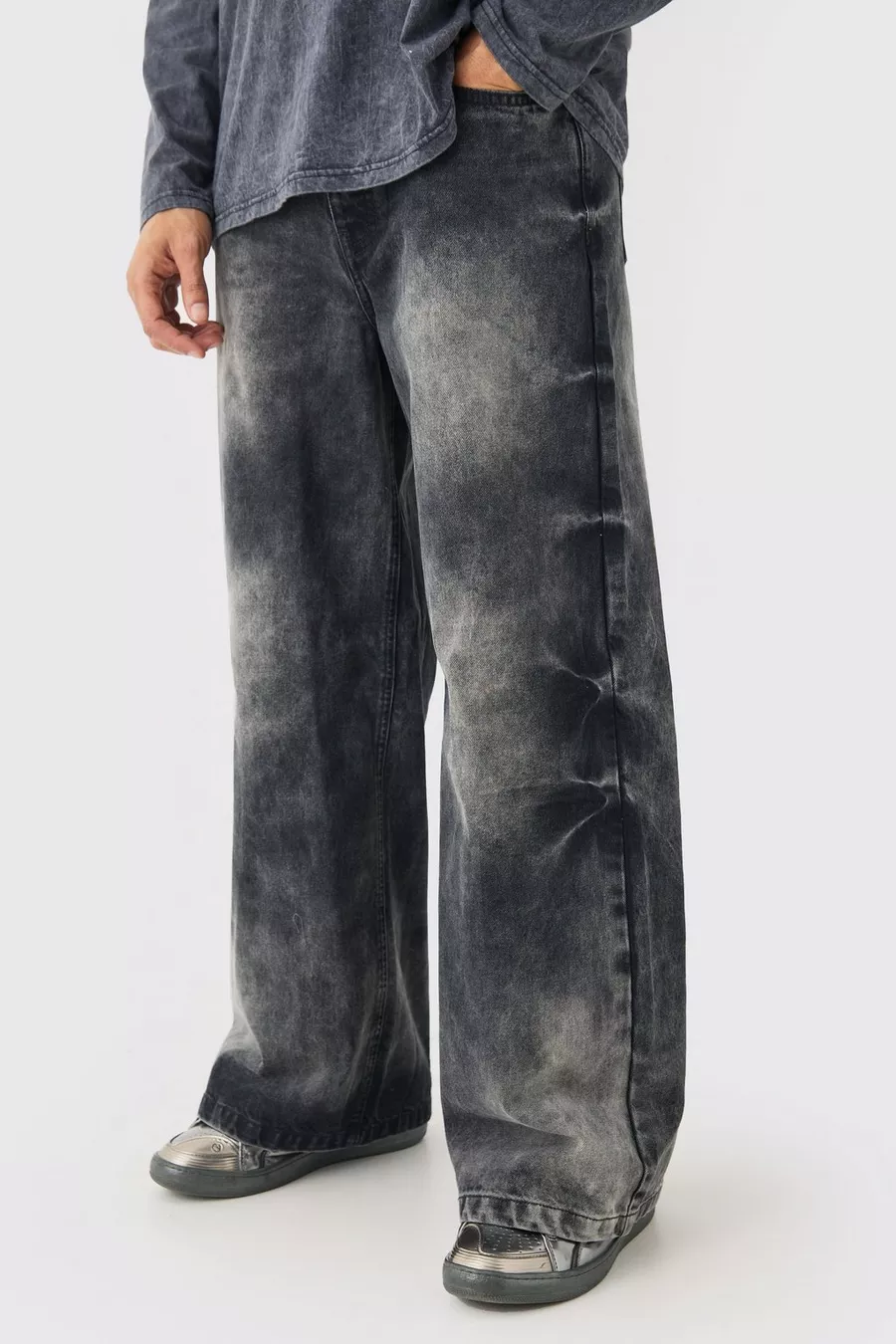If you struggle with excess oil and persistent shine, adopting a Skincare routine for oily skin can transform your complexion and boost your confidence. Oily skin often feels heavy, appears shiny throughout the day, and is prone to breakouts and enlarged pores. However, with the right steps and products, you can control oil production, maintain a clear complexion, and enjoy skin that feels balanced and fresh. This guide will walk you through the most effective steps to create a shine-free face.
Understanding Oily Skin
What Causes Oily Skin?
Oily skin occurs when sebaceous glands produce excess sebum, a natural oil meant to protect and moisturize the skin. Factors contributing to overproduction include genetics, hormonal changes, diet, and environmental stressors. While oil helps keep the skin hydrated, too much can lead to clogged pores, blackheads, and acne.
Identifying Oily Skin Types
Oily skin typically shows:
- A shiny forehead, nose, and chin (T-zone)
- Enlarged pores, especially on the cheeks and nose
- Prone to acne, blackheads, and whiteheads
- Makeup that slides off or looks patchy throughout the day
Step 1: Cleansing Your Skin Properly
Choosing the Right Cleanser
A gentle foaming or gel-based cleanser works best for oily skin. Look for ingredients like salicylic acid, tea tree oil, or glycolic acid, which help remove excess oil and unclog pores without stripping your skin. Avoid harsh, alcohol-heavy cleansers as they can trigger more oil production.
How to Cleanse Effectively
- Wash your face twice daily: morning and night
- Use lukewarm water, never hot, to avoid irritation
- Massage the cleanser in circular motions for 30–60 seconds
- Rinse thoroughly and pat dry with a clean towel
Step 2: Exfoliation
Why Exfoliation Matters
Exfoliating removes dead skin cells that can block pores and contribute to breakouts. For oily skin, exfoliation is crucial to maintain smooth texture and prevent blackheads.
Best Exfoliants for Oily Skin
- Chemical exfoliants: AHAs (glycolic acid) and BHAs (salicylic acid) penetrate pores and reduce oil
- Physical exfoliants: Gentle scrubs with fine particles can be used 1–2 times per week
Tips for Safe Exfoliation
- Avoid over-exfoliating, which can irritate and worsen oil production
- Focus on problem areas like the T-zone
- Follow with a lightweight moisturizer to maintain hydration
Step 3: Toning to Balance Oil
Benefits of Toner
Toners help remove leftover dirt and oil after cleansing and restore the skin’s pH balance. For oily skin, toners can minimize pores, reduce shine, and prepare your skin for better absorption of serums and moisturizers.
Ingredients to Look For
- Witch hazel: controls oil and soothes irritation
- Niacinamide: reduces oil production and improves skin texture
- Salicylic acid: prevents clogged pores and breakouts
How to Apply Toner
- Use a cotton pad or hands to gently pat toner onto the face
- Focus on the T-zone but avoid over-applying to prevent dryness
Step 4: Using Serums for Targeted Care
Why Serums Are Essential
Serums deliver concentrated active ingredients directly to the skin. For oily skin, lightweight, water-based serums work best as they absorb quickly without adding extra oil.
Recommended Ingredients
- Niacinamide: regulates sebum and reduces pore size
- Hyaluronic acid: hydrates without heaviness
- Vitamin C: brightens skin and prevents oil-related dullness
Application Tips
- Apply a few drops on a clean, toned face
- Gently massage in upward strokes
- Allow the serum to absorb before moisturizing
Step 5: Moisturizing Oily Skin
Choosing the Right Moisturizer
Contrary to common belief, oily skin needs hydration. Lightweight, non-comedogenic, oil-free moisturizers are ideal. Gel-based moisturizers or those with hyaluronic acid provide hydration without clogging pores.
How to Apply
- Use a pea-sized amount and spread evenly
- Focus on dry areas while lightly applying to the T-zone
- Incorporate moisturizer into your morning and evening routine
Step 6: Sun Protection
Importance of Sunscreen
Sun exposure can worsen oil production, cause premature aging, and increase breakouts. Daily sunscreen use is critical even if you have oily skin.
Best Sunscreens for Oily Skin
- Look for oil-free, mattifying formulas
- Choose broad-spectrum SPF 30 or higher
- Gel-based or fluid sunscreens absorb quickly and reduce shine
How to Apply
- Apply sunscreen 15–20 minutes before sun exposure
- Reapply every 2 hours if outdoors or after sweating
Step 7: Weekly Treatments
Clay Masks
Clay masks help absorb excess oil, remove impurities, and tighten pores. Use 1–2 times per week for optimal results.
Oil-Control Sheets
Blotting papers can be used during the day to absorb excess oil without disrupting makeup or skincare.
Spot Treatments
For occasional breakouts, use salicylic acid or benzoyl peroxide spot treatments to reduce inflammation and prevent scars.
Additional Tips for Managing Oily Skin
Diet and Lifestyle
- Avoid excessive sugar and processed foods
- Drink plenty of water to maintain hydration
- Manage stress, as it can trigger oil overproduction
Consistency Is Key
Adhering to a regular skincare routine for oily skin ensures your skin remains balanced, healthy, and less prone to shine. Avoid switching products too frequently as this can irritate skin and worsen oil production.
Makeup Considerations
- Use non-comedogenic and oil-free products
- Matte foundations help control shine
- Remove makeup thoroughly before bed to prevent clogged pores
Conclusion
A well-structured skincare routine for oily skin is the cornerstone of maintaining a shine-free, clear, and balanced complexion. By cleansing properly, exfoliating gently, toning, applying serums, moisturizing, protecting your skin from the sun, and incorporating weekly treatments, you can control oil production and prevent common issues like acne and blackheads. Remember, consistency and using products suitable for oily skin are key to achieving lasting results. Start implementing these steps today, and enjoy a fresh, radiant face that stays shine-free throughout the day.




